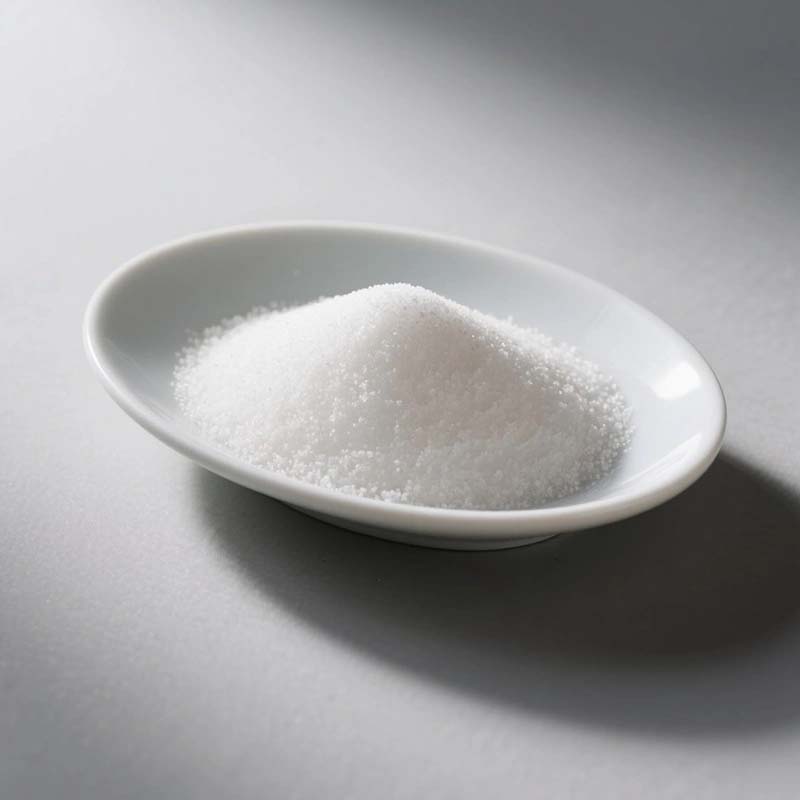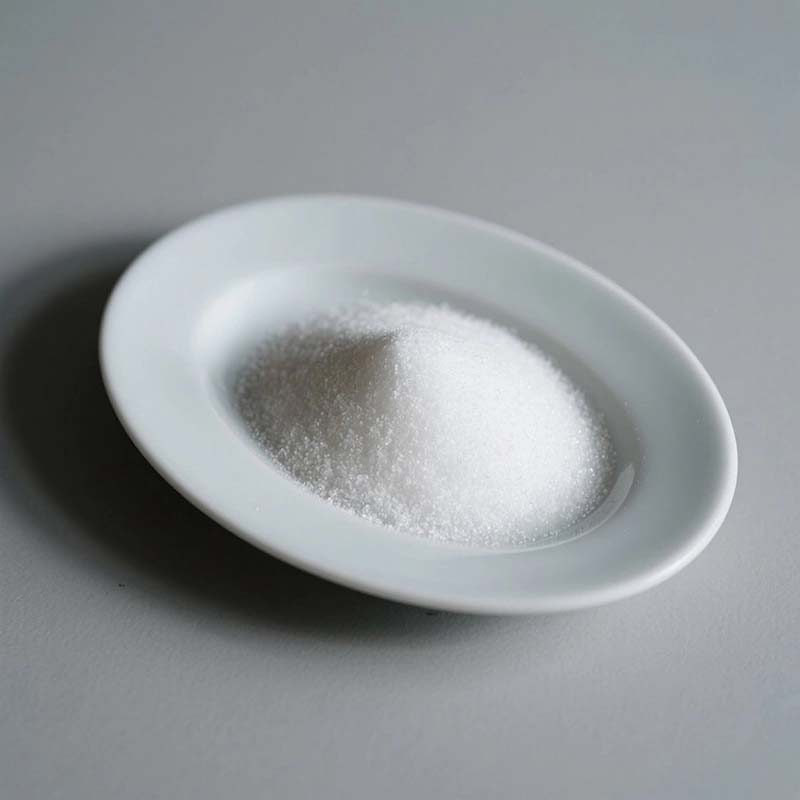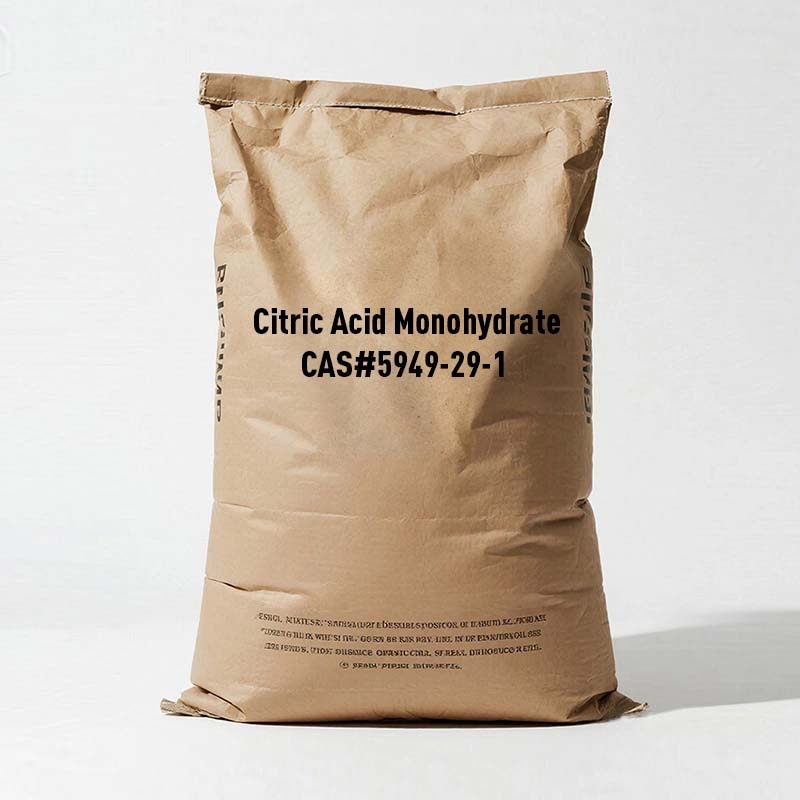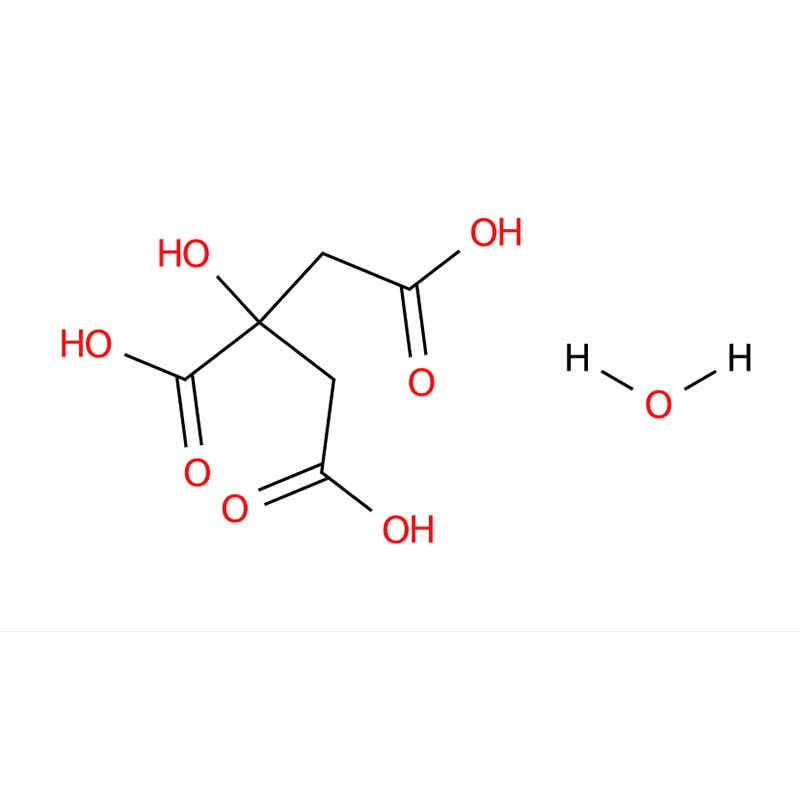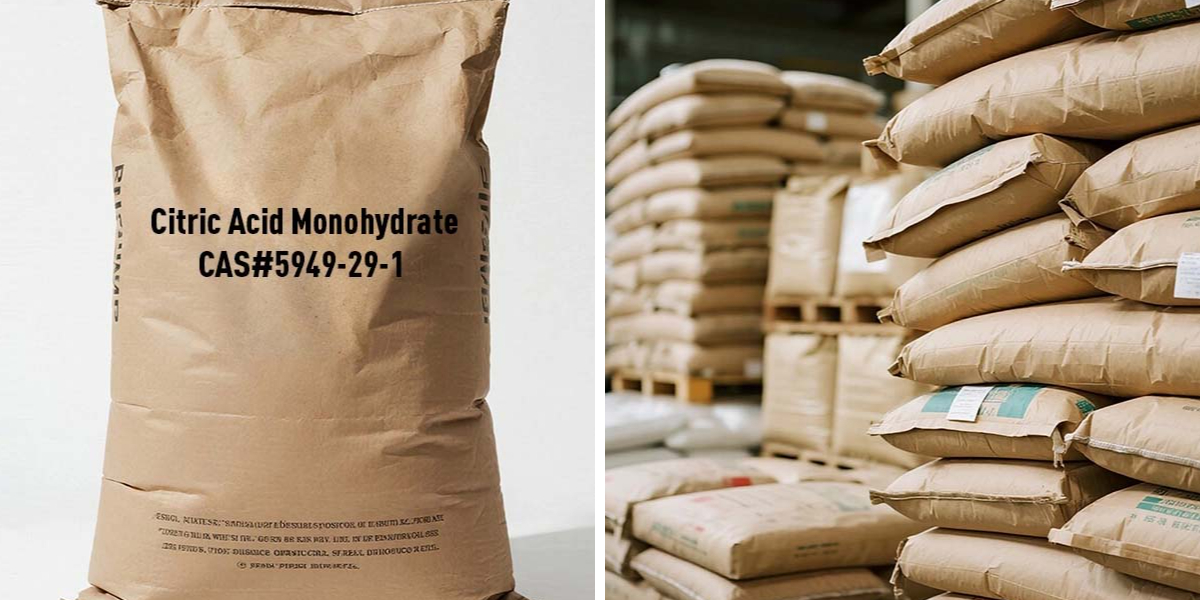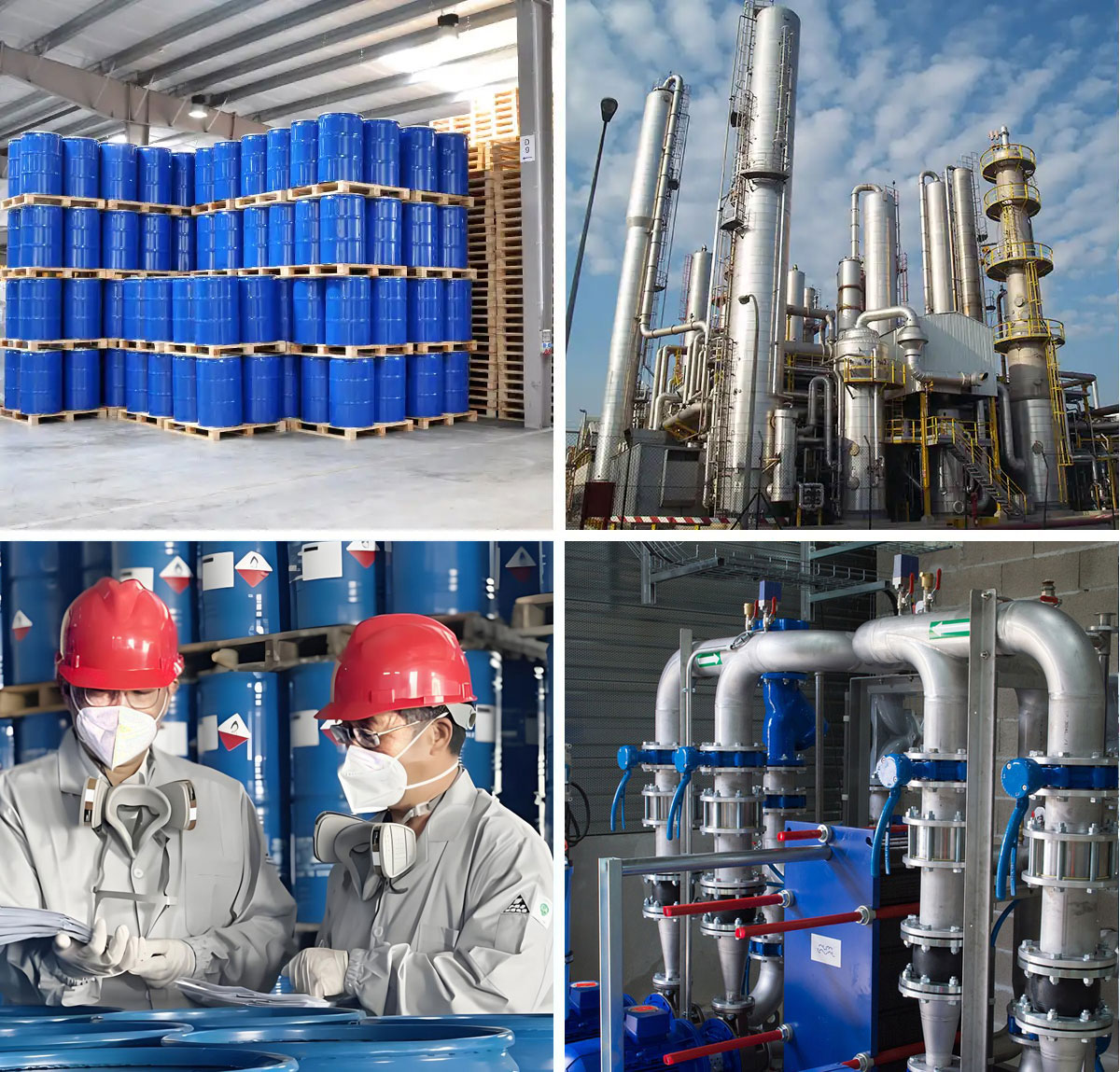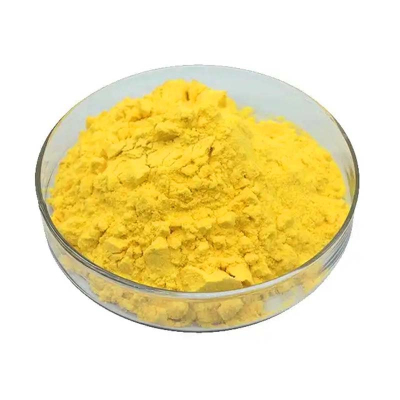Citric Acid Monohydrate
High Grade Purity: The product is characterized by its exceptionally high purity levels, which enables reliable and efficient performance in a wide range of applications.
Broad-Spectrum Utility: It serves as a versatile ingredient suitable for multiple sectors, such as food preservation, pharmaceutical formulations, industrial cleaning agents, and cosmetic products.
Regulatory Conformity: It conforms to major international standards including USP, FCC, and BP, ensuring compliance with stringent quality and safety requirements.
Customized Packaging Options: We provide flexible packaging solutions ranging from bulk quantities to tailored sizes, supported by Certificates of Analysis (CoA) for full quality transparency.
Citric Acid Monohydrate is a premium-grade, high-purity organic compound with exceptional versatility. It is ideally suited for applications in food preservation, pharmaceutical excipients, industrial cleaning, and cosmetic formulations. The product adheres to USP, FCC, and BP standards and is offered in both bulk quantities and custom packaging options. A Certificate of Analysis is provided to ensure quality transparency.
Parameters
Melting point | 153-159 °C (lit.) |
Boiling point | 248.08°C (rough estimate) |
density | 1.67 g/cm3 at 20 °C |
bulk density | 560kg/m3 |
vapor density | 7.26 (vs air) |
vapor pressure | <0.1 hPa (20 °C) |
refractive index | 1.493~1.509 |
FEMA | 2306 | CITRIC ACID |
Fp | 100 °C |
storage temp | 2-8°C |
solubility | Citric acid also dissolves in absolute (anhydrous) ethanol (76 parts of citric acid per 100 parts of ethanol) at 15 °C. |
form | grit |
pka | 3.14(at 20℃) |
color | White |
PH | 3.24(1 mM solution);2.62(10 mM solution);2.08(100 mM solution); |
Odor | Odorless |
biological source | synthetic |
Odor Type | odorless |
explosive limit | 8%, 65°F |
Water Solubility | soluble in Water (1174g/L at 10°C, 1809g/L at 30°C, 3825g/L at 80°C). |
Sensitive | Hygroscopic |
λmax | λ: 260 nm Amax: 0.20 |
Merck | 14,2326 |
JECFA Number | 218 |
BRN | 782061 |
Stability | Stable. Incompatible with bases, strong oxidizing agents, reducing agents, metal nitrates. |
InChIKey | KRKNYBCHXYNGOX-UHFFFAOYSA-N |
LogP | -1.64 |
CAS DataBase Reference | 77-92-9(CAS DataBase Reference) |
NIST Chemistry Reference | 1,2,3-Propanetricarboxylic acid, 2-hydroxy-(77-92-9) |
EPA Substance Registry System | Citric acid (77-92-9) |
Safety Information
Hazard Codes | Xi,C,T |
Risk Statements | 41-36/37/38-36/38-37/38-34-36-35-61-60 |
Safety Statements | 26-39-37/39-24/25-36/37/39-45-36-53 |
RIDADR | UN 1789 8/PG 3 |
WGK Germany | 1 |
RTECS | GE7350000 |
F | 9 |
TSCA | Yes |
HS Code | 2918 14 00 |
Hazardous Substances Data | 77-92-9(Hazardous Substances Data) |
Toxicity | LD50 in mice, rats (mmol/kg): 5.0, 4.6 i.p. (Gruber, Halbeisen) |
This compound is widely employed as a natural preservative, pH regulator, and chelating agent across multiple industries, demonstrating exceptional versatility.
Food & Beverage: Functions as an effective acidulant in products like soft drinks and canned goods, while also contributing to flavor enhancement.
Pharmaceuticals: Used as a key excipient in the formulation of effervescent tablets and syrups, ensuring product stability and performance.
Cosmetics: Acts as a reliable stabilizer and pH balancer in various skincare and personal care formulations.
Industrial Applications: Serves as an efficient and environmentally friendly descaling agent and water softener.



